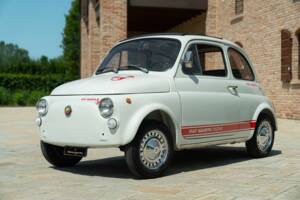Abarth 595 classic cars for sale
The Abarth 595 represents the pure transformation of a Fiat 500 into a true sports machine. With its distinctive style, enhanced performance, and unmistakable Scorpion badge, the 595 delivers a driving experience that has inspired generations of small car enthusiasts. Featuring original sports details, racing-inspired engineering, and a vibrant motorsport heritage, the Abarth 595 stands out as a collector’s choice.
Search results

1969 | Abarth Fiat 595
2025-04-30 16:11:56 | Fiat 500 L "REPLICA ABARTH 595"
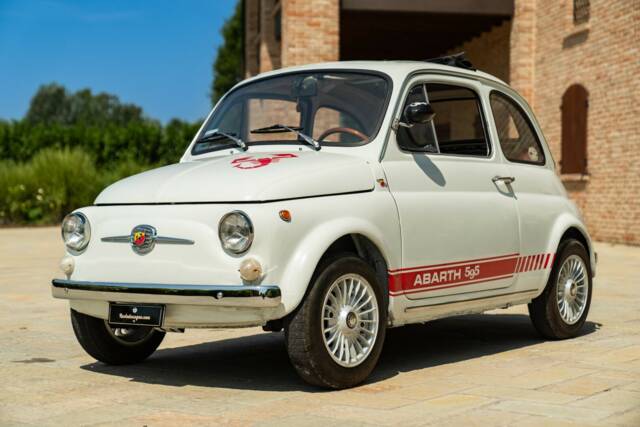
1968 | Abarth Fiat 595
2024-08-09 16:32:40 | Fiat FIAT 500 REPLICA ABARTH
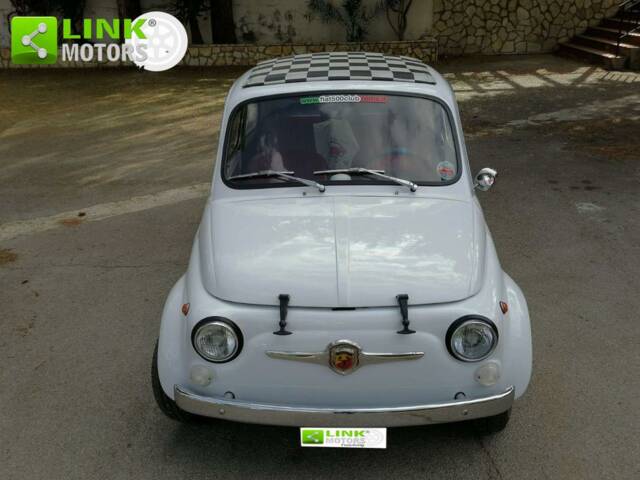
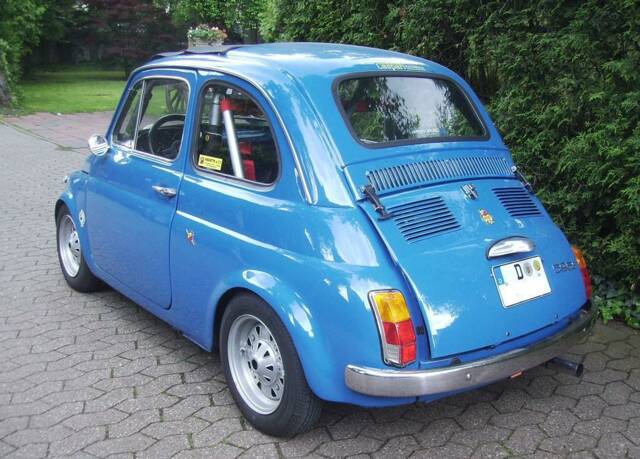
1969 | Abarth Fiat 595
Fiat 500 / Abarth 595 Replik
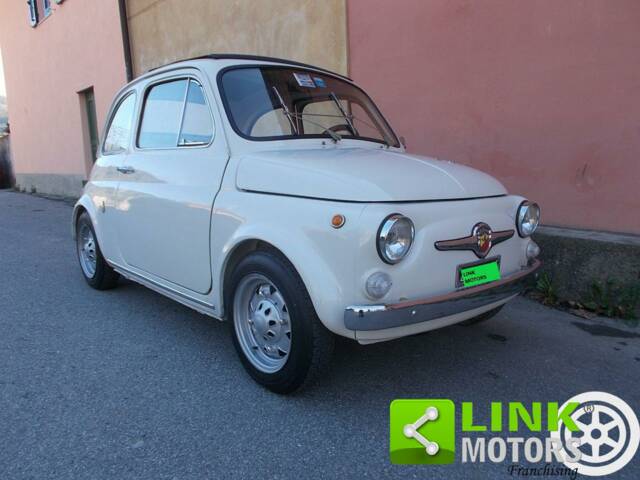
1966 | Abarth Fiat 595
ABARTH 595 110F
Abarth 595 listing references from Classic Trader
Below you will find listings related to your search that are no longer available on Classic Trader. Use this information to gain insight into availability, value trends, and current pricing for a "Abarth 595" to make a more informed purchasing decision.
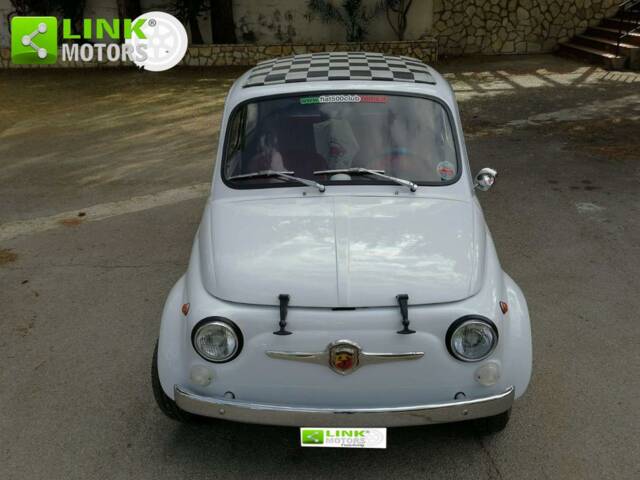
1969 | Abarth Fiat 595

1974 | Abarth Fiat 595
FIAT 500 R elaborata Abarth 595 S anno 1974 personalizzata

1963 | Abarth Fiat 595
ABARTH 595 ORIGINALE EX MILANO SAN REMO 1964

1965 | Abarth Fiat 595
FIAT 500 Abarth 110 F Abarth 595

1971 | Abarth Fiat 595
Fiat 500 Abarth
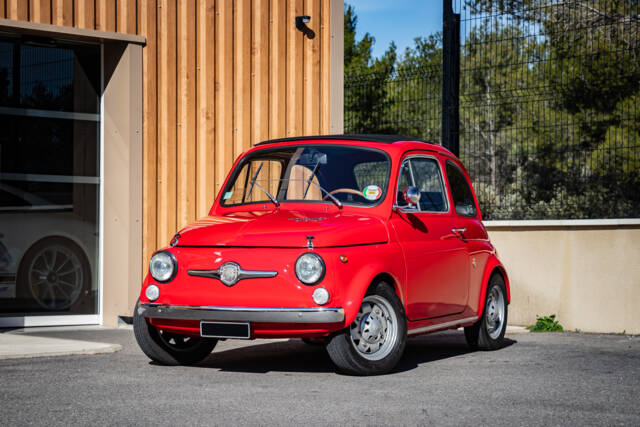
1969 | Abarth Fiat 595 Esseesse
Fiat Abarth 595 SS

1964 | Abarth Fiat 595
Abarth - 595 D - 1964
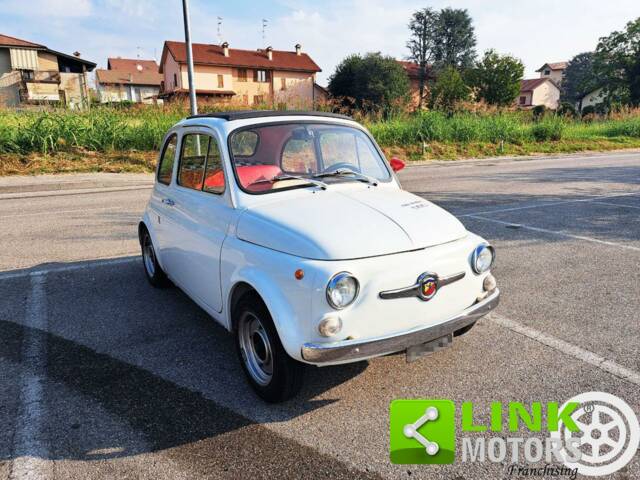
1965 | Abarth Fiat 595
FIAT 500 Abarth 110 F Abarth 595 ISCRITTA ASI DOCUMENTATA
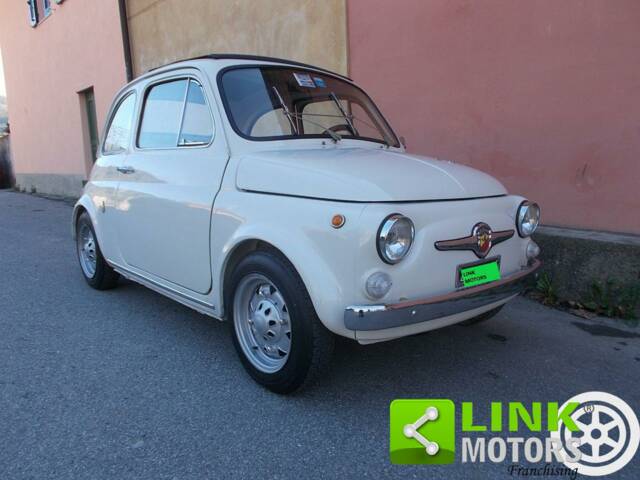
1966 | Abarth Fiat 595
ABARTH 595 110F
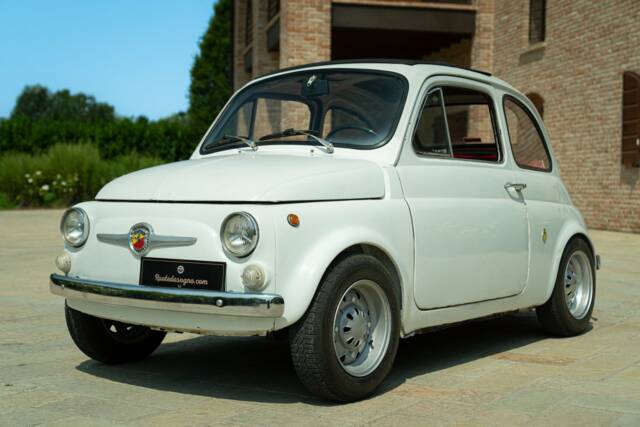
1966 | Abarth Fiat 595
History of the Abarth 595
The Abarth 595 finds its roots in the partnership between seasoned racer Carlo Abarth and Italian engineer Dante Giacosa’s Fiat 500 design. Abarth was established in Turin in 1949 by Karl Abarth and Armando Scagliarini, and rapidly gained notoriety for high-performance tuning, especially on Fiat bases. The Abarth 595 was first introduced in 1963 as Carlo Abarth’s vision of a Fiat 500 transformed for racing and spirited road use. By increasing engine capacity to 594cc and implementing upgrades such as a higher compression ratio, bespoke intake, and signature exhaust, Abarth squeezed out up to 27bhp from the tiny engine. While exterior design largely mirrored the Fiat 500, the real difference lay beneath the skin, resulting in a city car capable of remarkable pace for its size.
In motorsport, the 595 soon made its mark, especially in touring car race divisions under 600cc, with wins at Monza and across Europe. The 595’s consistent performance, combined with numerous class wins (up to 600 per year at its peak), contributed to the Abarth brand’s reputation for winning. Production of the original 595 ceased around 1971, coinciding with Fiat’s acquisition of Abarth, but the spirit of compact performance and customisation continues to define the model.
Model History
The Abarth 595’s evolution closely parallels the growth of post-war Italian automotive culture. The original 595 debuted at the 1963 Turin Motor Show, based on the Fiat 500 D and later, from 1965, the 500 F. Over the years, the 595 was offered in successive performance steps, most notably the 595 SS and Assetto Corsa. Later developments included the 695 and 695 SS, with up to 38bhp and even broader fender flares. After the end of production in 1971 with Fiat’s takeover, the Abarth name remained synonymous with the ultimate expression of small car performance. Modern versions of the Abarth 595, launched from 2012, rekindle this performance ethos with updated technology while referencing the original’s design DNA.
Highlights of the Abarth 595
The 595 stands out for several reasons: it combined minimal external changes with radical technical enhancements. The 594cc engine, often further tuned, produced 27–32 horsepower—an unparalleled figure for its time and size—allowing the tiny car to reach 120–130 km/h. Special models, such as the Esse-Esse, added distinctive styling cues, upgraded brakes, and sportier engines. Racing seats, bespoke sports steering wheels, and Abarth-specific badges accentuate its unique character. The 595 often featured a lowered suspension, reinforced chassis, special rims—from steel to rare alloys—and oversized tyres for improved handling. Attention to purposeful weight reduction, like removed insulation in competition models, and the addition of instruments like Veglia Borletti/JAEGER Italia, reflected the model’s motorsport ambitions.
Technical data
Special Editions and Collectible Models
- 595 SS (Esse-Esse): Featured a more powerful 32hp engine, aerodynamic add-ons, and distinctive cosmetic upgrades like unique dashboards and special wheels. SS models often included a four dial instrument cluster and aesthetic flares.
- Assetto Corsa: A competition-focused variant with extended wheel arches, racing paintwork (commonly red), reinforced chassis, and minimal comfort equipment. Rare and highly sought after by collectors.
- Modern re-editions: Since 2012, Abarth has offered the 595 in Turismo, Competizione, and Biposto versions, echoing the spirit of the historic originals, but with contemporary safety, comfort, and performance enhancements.
Weak spots and common issues
The 595’s mechanical simplicity makes for relatively straightforward maintenance, but buyers and owners should watch for the following: advanced corrosion in the bodywork (especially in unrestored examples), wear in non-synchronised gearboxes, and tired suspension components due to spirited use. Engines, especially those tuned for higher output, can suffer from overheating if the cooling system (including the modified vented engine lid and oil sump) is not properly maintained. Upgrades to brakes and suspension should be checked for quality and correct installation. Authenticity of original or rare parts—like badges, instrumentation, and seats—is crucial for historical accuracy and value.
Engine and Performance, Transmission and Handling
Abarth 595 engines started with a 594cc twin-cylinder producing 27 hp and, in SS specification, up to 32 hp for top speeds of 120–130 km/h. Modified versions could go beyond this with bored-out engines and race-prepared carburetion. Gearboxes were 4- or 5-speed manuals driving the rear wheels, and the cars often featured advanced (for their class) suspension and brakes. The lowered ride, wider wheels, and lightweight chassis made the 595 a nimble and sharp car to drive, particularly on winding roads or small circuits. - Abarth 595 SS: 32 hp, top speed ~130 km/h, race-inspired additions.
- Abarth 595 Assetto Corsa: Focused on minimal weight, competition use.
- Abarth 595 (base): 27 hp, famed for its mix of agility and compactness.
Interior, Comfort, Exterior and Design
Though primarily based on the Fiat 500, the 595 received distinctive design treatments: Abarth shields on flanks, special badges, larger wheel arches, and unique paintwork (notably white, Enzian blue, and bright reds). Inside, racing seats (often in eco-leather, usually red or black), sports steering wheels (leather or wood rim), additional instrumentation, and special dashboards were the norm. Accessories could include lightweight alloy wheels, competition seatbelts, roll cages, Talbot racing mirrors, and period-correct toolkits. Modifications to low the rear engine cover for cooling and alternative rear spoilers also feature prominently in well-prepared 595s.
Other features
Certain Abarth 595 models accepted larger rear number plates, and many were supplied with original or replica documentation, Abarth certificates, and homologation papers. Various aftermarket tuners (for example, Lamperti, Lavazza) contributed further special components, making each 595 a canvas for personalisation and further motorsport development. Some models included removable roof sections ('tettuccio'), while others had stripped interiors for reduced weight in racing applications.
Summary
The Abarth 595 encapsulates the high-revving, motorsport-oriented essence of the Abarth brand—delivering a unique blend of technical innovation, design character and driving flair. Easily the single most-represented Abarth model in classic car markets, the 595’s legacy lies in its roots as a true reinterpretation of an Italian classic, continuously celebrated among car enthusiasts and recognised for its distinctive blend of form and function.
